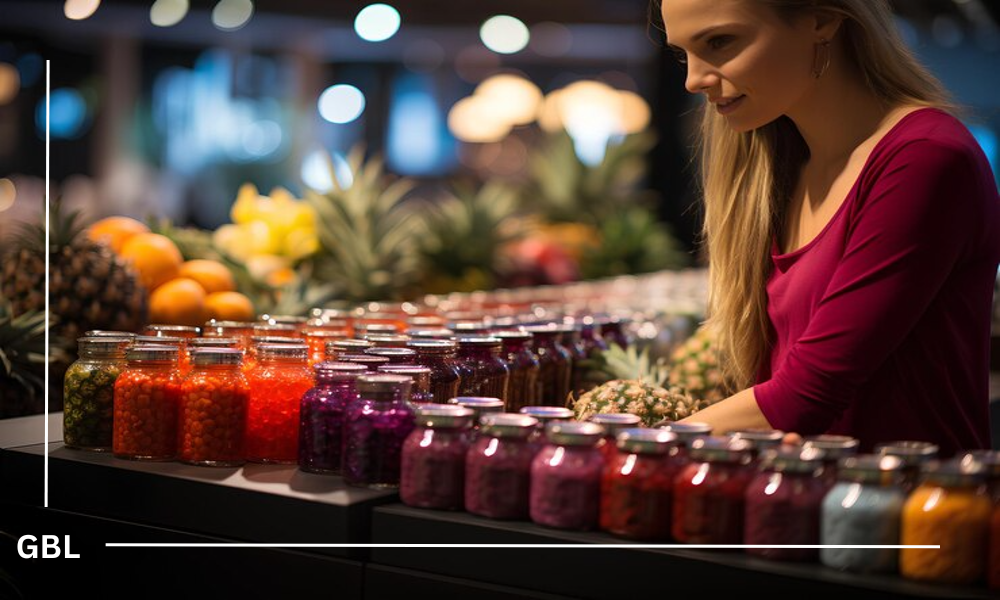The food and beverage industry is buzzing with change as consumer preferences and market trends shift rapidly. To stay ahead, businesses need to understand what drives today’s consumers and adapt accordingly.
Health and Wellness at the Forefront
Consumers are increasingly prioritizing health and wellness, seeking products that are not only delicious but also good for them. This means there’s a growing appetite for plant-based options, low-sugar products, and those with functional benefits. Brands are responding by emphasizing clean labels and natural ingredients, reflecting a broader trend towards healthier eating.
The Push for Sustainability
Sustainability is no longer a nice-to-have; it’s a must-have. Consumers are more eco-conscious than ever, looking for brands that take their environmental impact seriously. From reducing plastic waste to sourcing ingredients responsibly, companies are stepping up their efforts to be more sustainable. This shift is not just about meeting consumer demand—it’s also about building a brand that consumers can trust and feel good about supporting.
Technology’s Role in Shaping Preferences
Technology continues to reshape the food and beverage landscape. With the rise of mobile apps and digital platforms, consumers now expect convenience and personalized experiences. Innovations like AI-driven recommendations and seamless online ordering are becoming standard, making it easier for consumers to get what they want, when they want it.
Exploring Global Flavors
Today’s consumers are adventurous and eager to try new and exotic flavors. There’s a noticeable trend towards global cuisine, with many looking for authentic and diverse culinary experiences. This means that food and beverage companies are getting creative, blending international ingredients and flavors to meet the demand for something new and exciting.
Adapting to Demographic Shifts
As Millennials and Gen Z come to the forefront as major consumer groups, their preferences are driving industry trends. They value digital engagement, social responsibility, and unique experiences, which is influencing how brands market their products and interact with their audience. Catering to these younger consumers means embracing digital innovation and aligning with their values.
In Summary
Navigating the changing landscape of consumer preferences and market trends requires staying informed and agile. By focusing on health and wellness, sustainability, technological advancements, global flavors, and the evolving preferences of younger demographics, businesses can better connect with today’s consumers and stay competitive. The key is to listen to what people want and be ready to adapt.

















